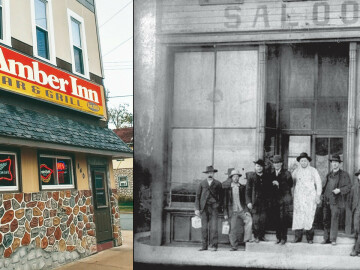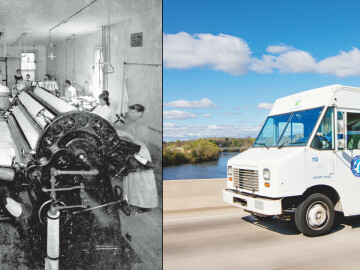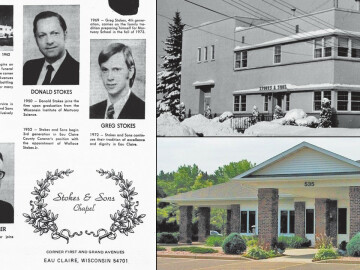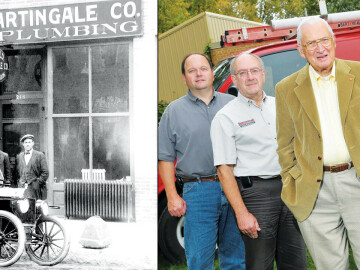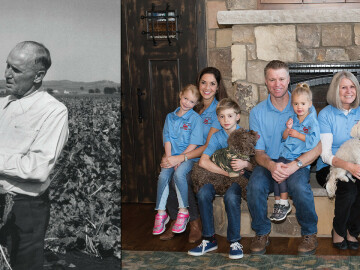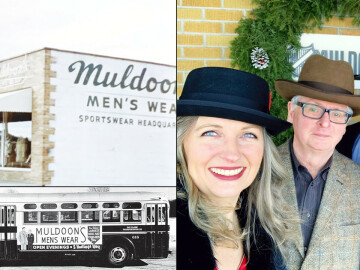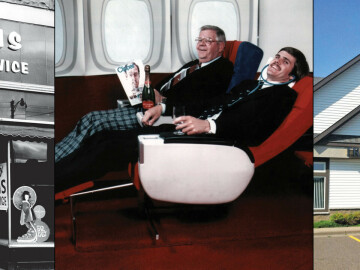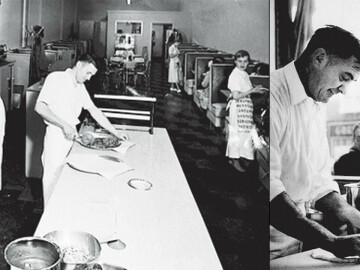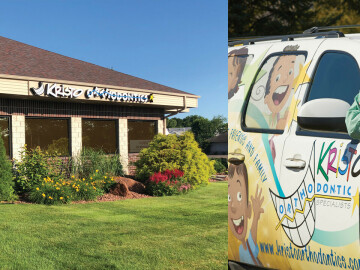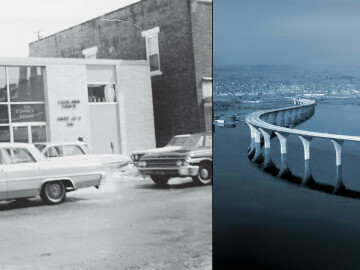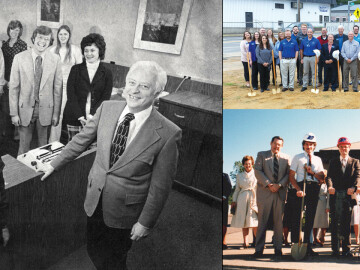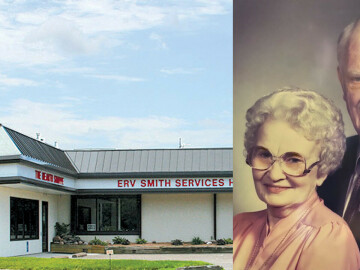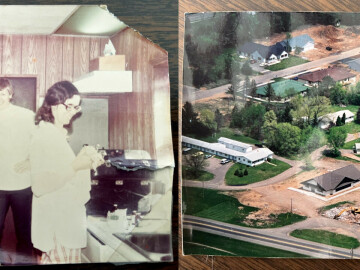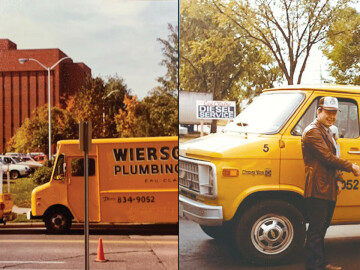Sesquicentennial Stories: A Home for Christmas
for more than 50 years, local orphans were cared for in a little-remembered Eau Claire home
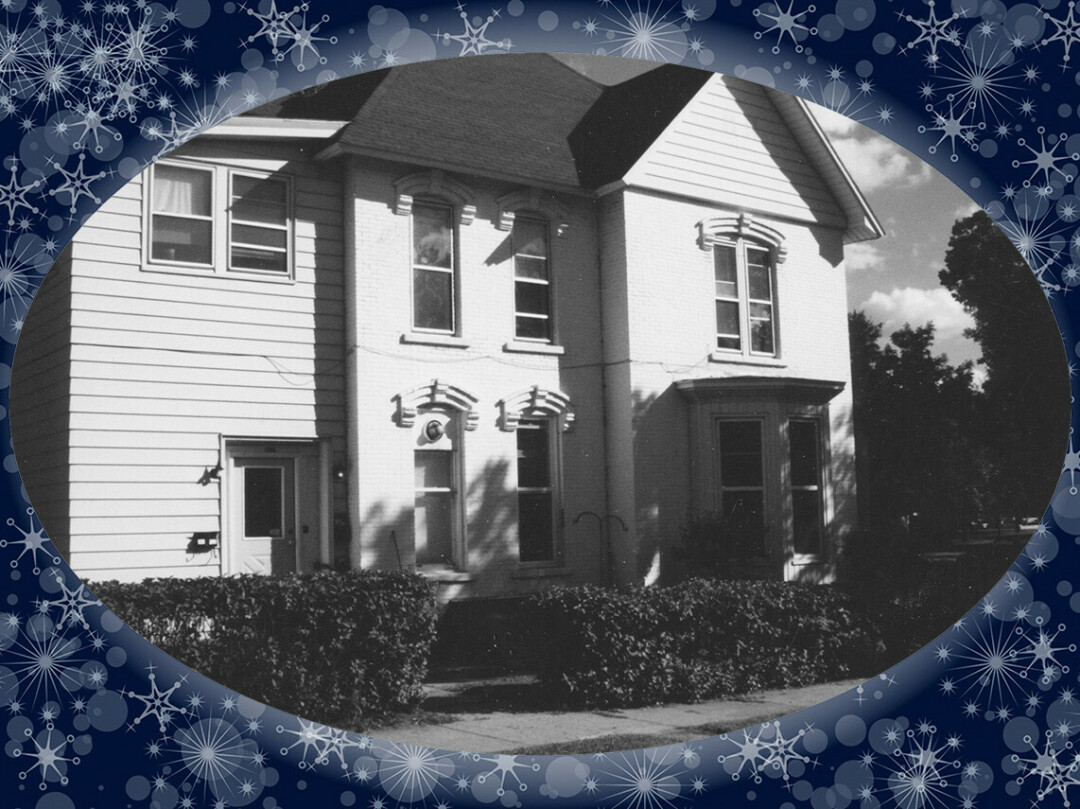
If you watch Christmas television shows or movies from the earlier part of the 20th century, you are very familiar with the parties that occurred in Children’s Homes or orphanages on Christmas Eve. Those same scenes took place in Eau Claire at 303 Dodge St.
In 1872 when Eau Claire became a city, members of the Christian Women’s Club thought it would be good to pool their money to help the needy. One of the items on their list was to take care of children who were homeless or living in harmful conditions.
Eight years later, John Moe, a local jeweler, built a house at 303 Dodge St. where his family lived for 10 years. By 1889, the women had raised $2,000 and accumulated bedding and furniture in the hope of creating a children’s home. In 1890, the Moe house was donated to the club and the first children moved in during March 1890.
The house had five medium-sized bedrooms on the second floor. The matron occupied one, and the children shared the others, sometimes with a local woman who was hired to help clean and cook. Kids slept in iron beds with rag rugs on the floor. A stove heated the home.
“The Christmas evergreen was gaily trimmed with paper chains and popcorn balls. Dolls and toys were placed around the tree as well as a stack of school tablets.” –THE WEEKLY TELEGRAM, 1897
Ella Cheesbro was the matron at the time, and the first resident was a 3-year-old who Mrs. Daniel Shaw found living in an alley. The girl lived in the home for three years before being adopted.
That first year, 28 children called the house their home. Some were adopted and some were returned to their families. By 1894, the children were helping to earn money by working in the garden, selling produce, picking and canning fruit, and sewing rag rugs for sale. Local women created and repaired garments for the children.
Local school children collected pennies and nickels for the home; the corporate officers held dances, plays, and lectures to raise money; and potatoes and apples were donated in place of admission for several events. During its first 25 years, almost 400 children lived in the home.
Despite the donations that came in and the work the children did, there was never enough money. In 1931, the home’s expenses came to $5,117.42. At that time, Eau Claire County agreed to give the home an annual subsidy to help make ends meet.
By 1948, local residents decided that the home was no longer the best way to care for children, and the house was sold, and the corporation was dissolved the following year.
For more than five decades, this home provided a family for children who did not have one. In 1897, the Weekly Telegram visited the home on Christmas Eve. They reported that “while hundreds of children waited … none presented a more pleasing sight … than seen at the Children’s Home.” At the time, the home was caring for 17 children ranging from 6-12 years of age. “The Christmas evergreen was gaily trimmed with paper chains and popcorn balls. Dolls and toys were placed around the tree as well as a stack of school tablets. The Junior Endeavor Society of Hayward had brought each child a box of cheer accompanied by games, toys, and books chosen just for that specific resident.” Excited and happy children opened their gifts, just like in the movies. Hopefully, many of them had happy endings.






